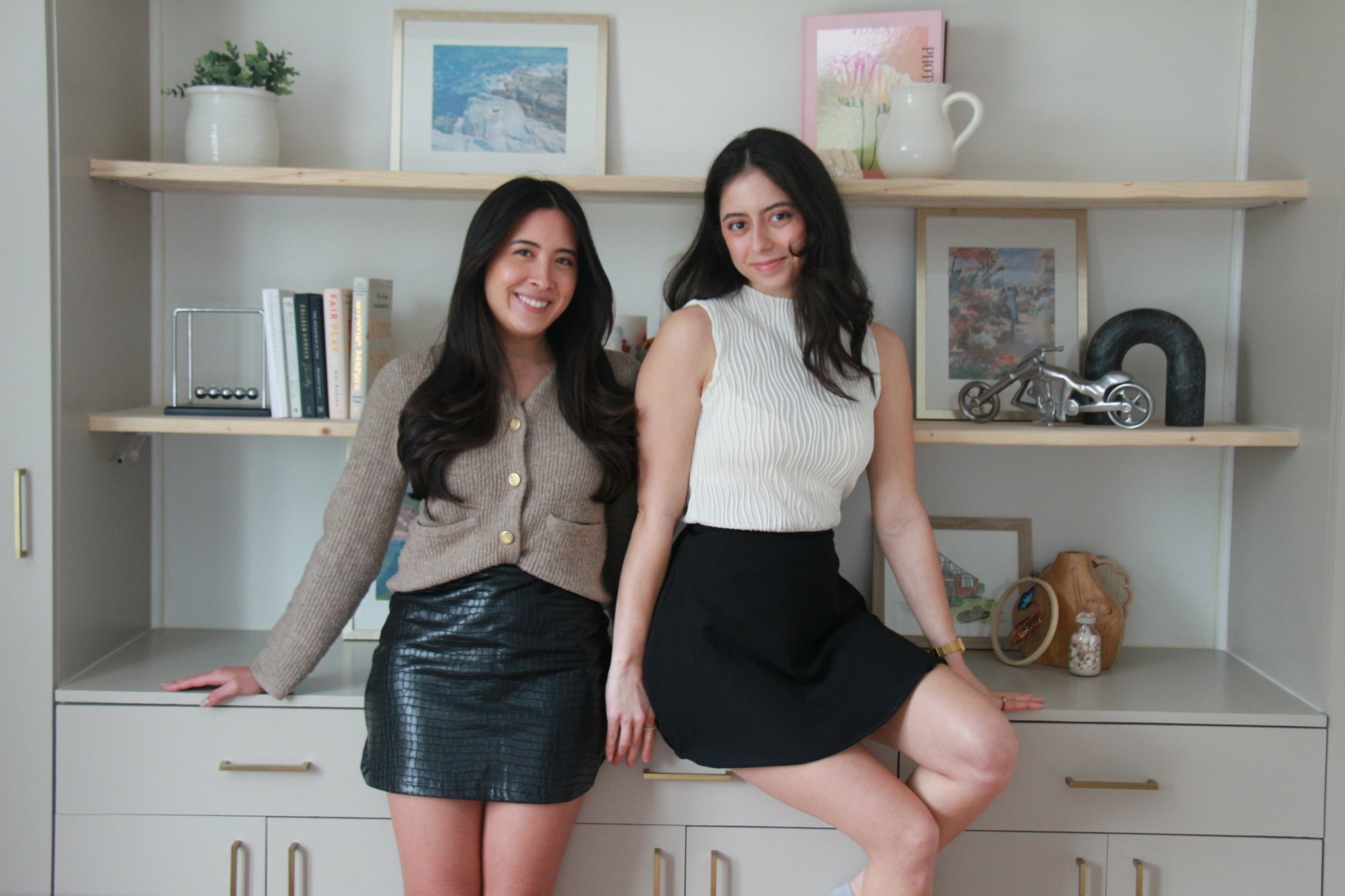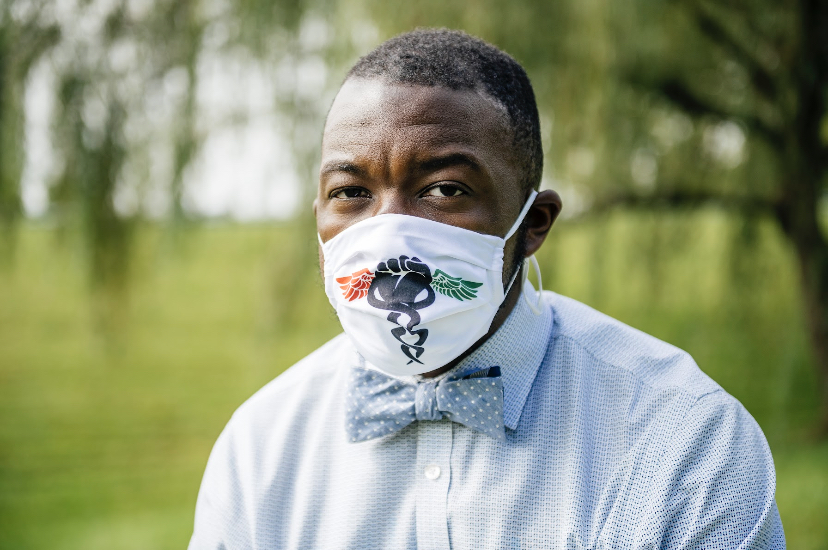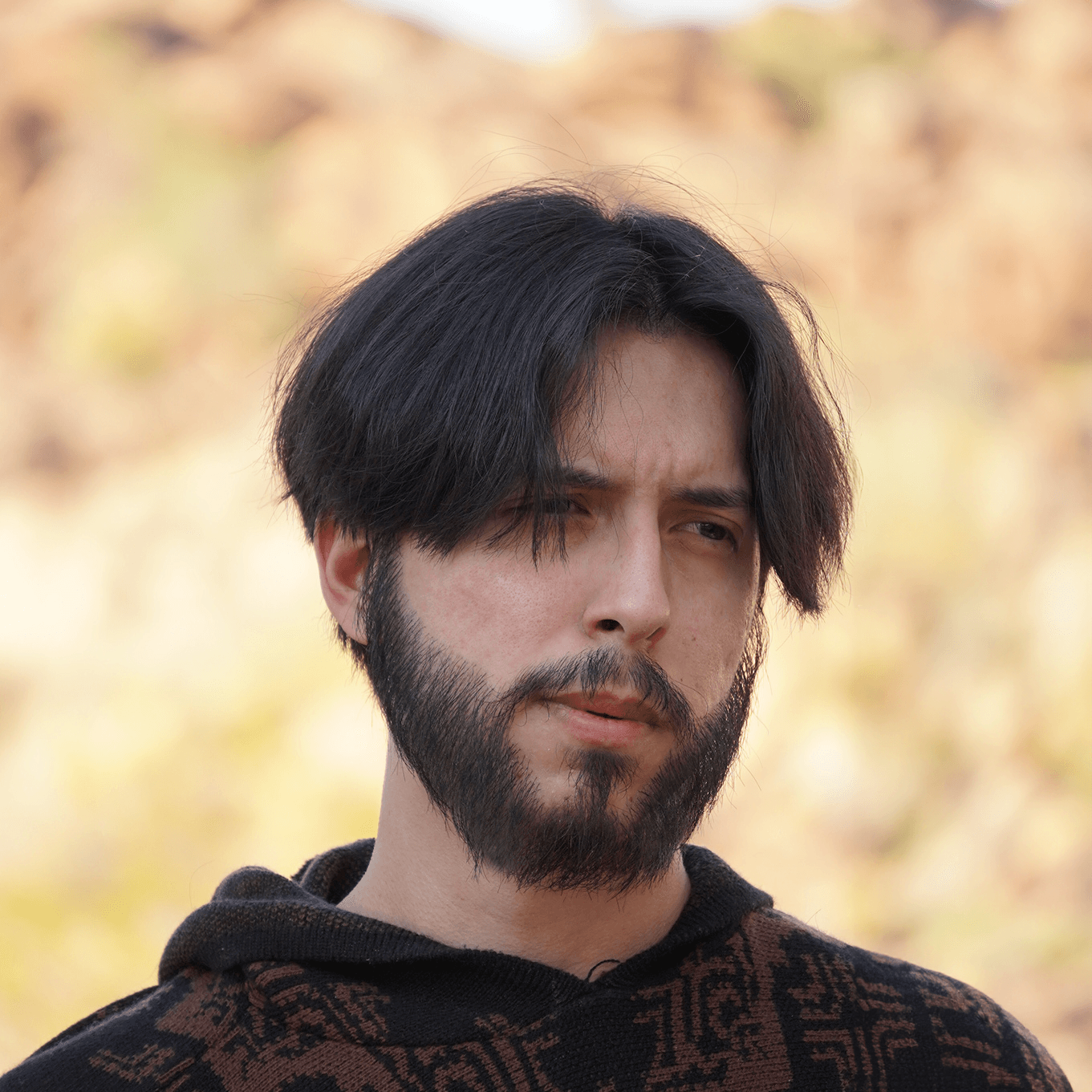Going from idea to execution isn’t easy. Part of the difficulty is that often there is no playbook to follow and while we can’t offer a playbook either, we wanted to create a space where aspiring entrepreneurs could read the stories of how some very smart, very thoughtful entrepreneurs form the community got started.
Kallen Gavin

A wakeup call: I received a big jolt call late last summer. Roles had suddenly been rescoped and I found myself in a newly thin and stagnant position. I was dismayed by leaders that I respected and felt betrayed by this socially deemed path to success that is corporate America. A change was needed. But what? Problem was: my management / marketing role was the type where you get to have an opinion on everything but you really don’t execute anything yourself. So, I wasn’t a graphic designer, photographer, or producer. I didn’t buy or traffic media. While I was great at analytics, that wasn’t my designated “role”. I concluded that I spoke some really great English for a living (sigh of dismay). This moment of – “what work experience and hard skills do I really have?” – was a very scary moment for me. Read more>>
Sierra Balderas

I started Bewitchin Balloons in September 2020, but the seeds of the business were planted years before that. My journey into event décor began when I planned my own wedding. I took on the entire process with my husband, designing everything from scratch. It was a labor of love that showed me how much I enjoyed creating magical experiences through decoration. After that, I planned my own gender reveal and baby shower, followed by my children’s birthdays, and realized I had a natural knack for designing celebrations. Holidays and special events have always been a passion of mine. I love transforming spaces and creating moments that make people feel celebrated and special. My spirituality—I’m quite witchy, as I like to say—also plays a huge role. That’s why I named the business Bewitchin’ Balloons, because every event I touch has a bit of magic and love in it. Read more>>
Brittany & Selin

Our journey started in the most relatable way: we were both so frustrated with the grip socks on the market. They either lacked style, didn’t hold up in workouts, or just didn’t feel great. And, as true Pilates girlies who spend a lot of time in studios, we knew there had to be something better. So, one day we just looked at each other and said, “Why don’t we create our own?!” The first thing we did was dive headfirst into research—finding the right manufacturer was super important to us. We wanted someone who shared our commitment to quality and attention to detail. Once we found the perfect partner, we got hands-on with every aspect of the design process. We played around with embroidery ideas, obsessively chose yarn colors, and worked side-by-side with our manufacturer to bring our vision to life. Read more>>
Mike Ukoha

I applied to my Doctor of Physical Therapy (DPT) program at University of Maryland: Baltimore back in 2013. I had a really vested interest in staying local for financial reasons, family and overall to manage all the change coming my way the best way I knew how. The thing at that time was despite having those intentions I had truly little confidence or a support system to guide me in applying for a doctoral level program directly after graduating from undergraduate studies as a biology major at Towson University (Go Tigers!). My mom is a nurse practitioner, and my dad was a professor at University of Maryland: Eastern Shore with a PhD in teaching mathematics but neither could give me true insights on the path I was heading. Read more>>
Brandon Delgado

BTIXist Productions started from a simple idea that grew over time. I’ve always been into storytelling, whether it was writing, designing, or making short films. But in 2020, things got real. I decided to take some money I made from the stock market and put it into making my first short film. That’s when it hit me. I wanted to do this for real. The day I committed to making that film was a mix of excitement and a bit of panic. I had the story in my head, but now I had to figure out how to actually make it happen. So, I spent that day diving into research—everything from casting actors to renting gear and managing a budget. It was a lot to take in, but I loved every minute of it. The next few months were all about learning by doing. I had to figure out how to keep the budget in check, coordinate a team, and handle the technical side of filmmaking, all on a tight budget. There were definitely moments where I wondered if I could pull it off, but I kept pushing through. Mistakes were made, but I learned fast, and by the time we finished filming, I knew this was what I wanted to keep doing. Read more>>
Larisa Criado Barrios

The concept that sparked the creation of my business was inspired by Parure Jewelry, which I studied during my time in college. Parure refers to 19th-century jewelry pieces designed to be disassembled and reassembled into different items, offering versatility and functionality. This idea deeply resonated with me, and I became determined to create modern, functional jewelry incorporating interchangeable components for various occasions. The official start of my business came after completing my master’s degree in Italy, where I specialized in the business side of fashion. With the guidance of a mentor, I developed my final project focused on establishing my own business. I began by drafting a business plan, carefully defining the mission and vision of the brand while simultaneously working on the design elements such as the logo and color scheme. From there, I outlined my first collection, sourced suppliers, and created prototypes to test the designs. This process took over three months and involved many challenges, but ultimately, the results made the journey worthwhile. Read more>>
Wenjue Lu

When I first had the idea to start Studio Wenjüe Lu, I didn’t see it simply as a business venture but as a vessel for a larger conversation—one that ties together art, tradition, and the human experience across time and cultures. In a way, it all began with my fascination with folk art forms, particularly Sashiko, a traditional Japanese hand-stitching technique that evolved from necessity to artistry over centuries. Sashiko originated during the Edo period in northern Japan, where women used it to mend garments for men during harsh winters. What struck me was that this practice wasn’t isolated—across the globe, in countless cultures, people discovered the same thing: the act of mending, patching, and extending the life of fabrics. It’s a human instinct, something deeply woven into our shared history. It made me realize that, despite differences in race or ethnicity, there is a universality in how we relate to the materials around us and in our efforts to preserve them. Read more>>


